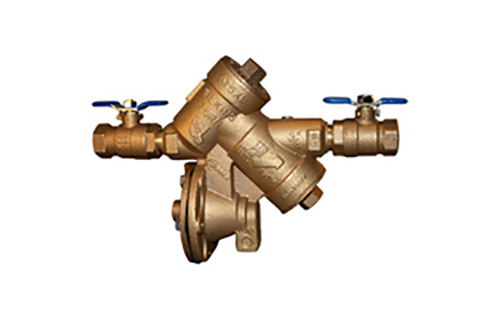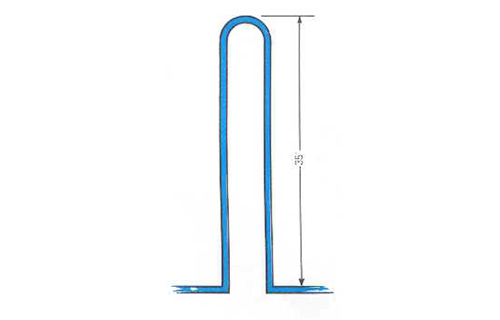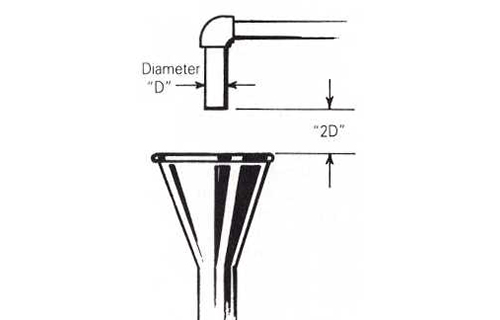Atmospheric Vacuum Breakers (AVB)
A device containing a float-check, a check seat and an air inlet port. For both low and high hazard applications, AVBs are intended for use in a non- continuous pressure application (no more than 12 hours of pressure per 24 hour period), in a back- siphonage condition only.








